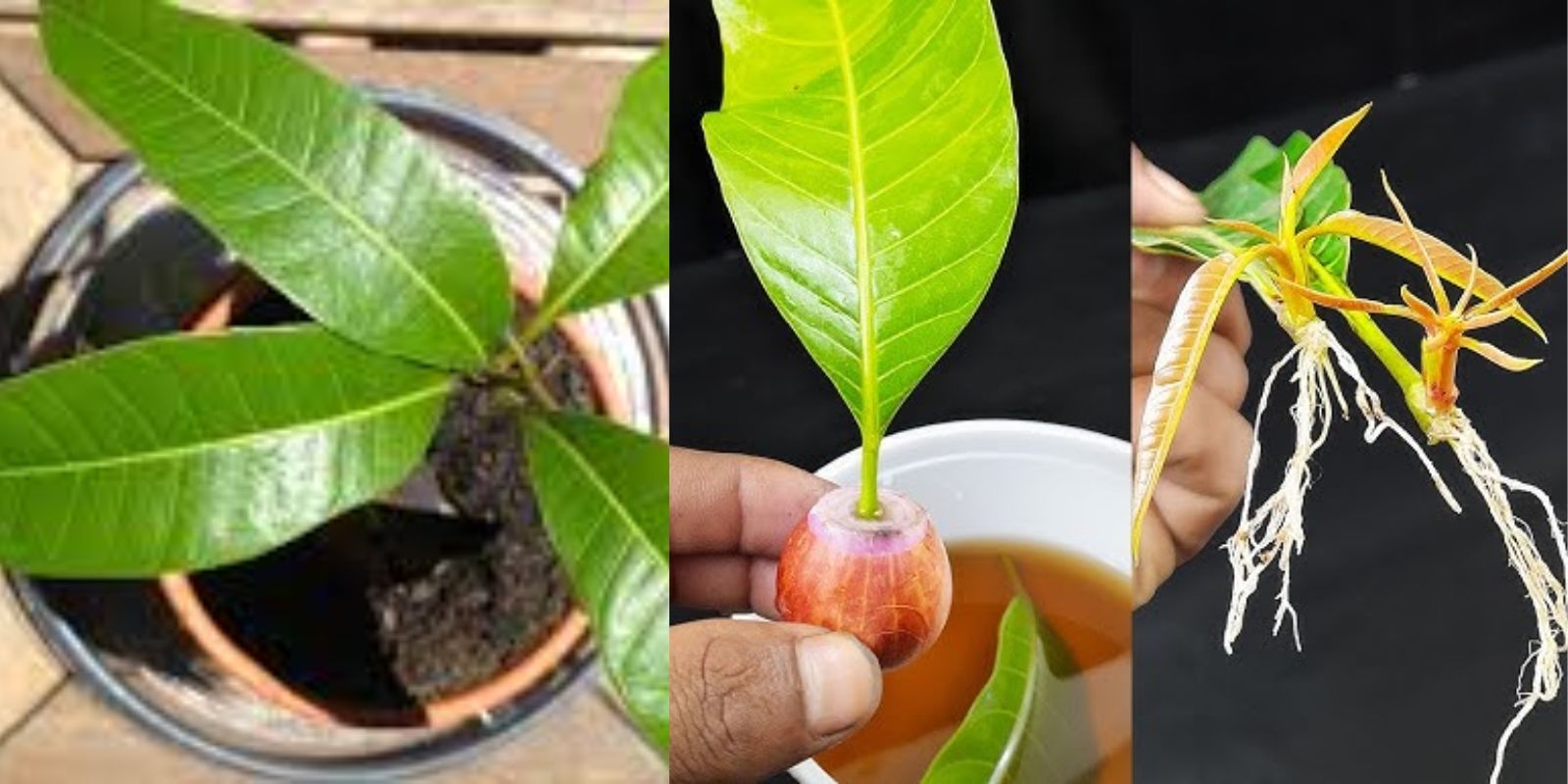Mango trees are among the most beloved fruit-bearing trees, known for their luscious fruit and majestic appearance. While growing mango trees from seeds is common, propagating them from leaves offers a unique and rewarding challenge for gardening enthusiasts. Though less conventional, this method can be successful with the right approach and a good dose of patience. This guide dives into the steps and best practices for growing mango trees from mango leaves, helping you bring a tropical touch to your garden.
Why Grow Mango Trees from Leaves?
Growing mango trees from leaves may seem unconventional, but it has its perks:
- Preserves the Parent Plant: Propagation from leaves allows you to clone the parent tree, ensuring the new tree shares the same qualities, such as fruit taste and size.
- Fun Experimentation: It’s a creative and rewarding way to propagate mango trees, ideal for hobbyists seeking a challenge.
- Space-Friendly: You can start this process indoors or in limited spaces before transplanting outdoors.
Step-by-Step Guide to Growing Mango Trees from Mango Leaves
1. Select Healthy Leaves
The first step in this process is to obtain the best possible leaves for propagation.
Tips for Selection:
- Choose young, vibrant leaves from a healthy mango tree.
- Avoid leaves that are wilted, damaged, or have signs of disease or pests.
2. Prepare the Leaves
Proper preparation of the leaves is crucial to ensure successful propagation.
How to Prepare:
- Cut the selected leaves cleanly at their base using sterilized pruning shears.
- Allow the leaves to dry for 24 hours in a shaded area to reduce moisture loss.
3. Set Up for Propagation
There are two common methods to propagate mango leaves: water propagation and soil propagation.
Water Propagation:
- Fill a glass or jar with clean water.
- Place the leaf base in the water, ensuring it’s submerged but not the entire leaf.
- Change the water every 3-4 days to prevent bacterial growth.
Soil Propagation:
- Fill a small pot with a well-draining, nutrient-rich potting mix.
- Insert the leaf base 1-2 inches into the soil, ensuring it is stable.
- Water lightly to keep the soil moist but not soggy.
4. Provide the Right Environment
Mango trees thrive in warm and sunny climates, and the same applies to their propagation.
Environmental Tips:
- Place the setup in a location that receives bright, indirect sunlight.
- Maintain a warm temperature of around 75-85°F (24-29°C).
- Ensure humidity by misting the leaves daily or using a humidity dome.
5. Be Patient and Monitor Growth
Root development can take several weeks to a few months. During this time, consistent care is vital.
Care Tips:
- Check for root growth periodically, especially with water propagation.
- Avoid disturbing the leaf unnecessarily, as this can hinder root formation.
- If using soil, water only when the top layer of soil feels dry.
6. Transplant the Leaf Cutting
Once the roots are strong enough (typically 2-3 inches long), it’s time to transplant the cutting into a larger container or directly into the ground.
Transplanting Steps:
- Choose a pot or location with well-draining, loamy soil.
- Dig a small hole and gently place the rooted cutting, ensuring the roots are spread out.
- Cover with soil and water thoroughly.
7. Long-Term Care for Your Mango Tree
Once transplanted, your mango tree will need consistent care to thrive.
Growth Tips:
- Provide full sunlight for at least 6-8 hours daily.
- Water regularly but avoid overwatering; mango trees prefer slightly dry conditions between waterings.
- Fertilize with a balanced, slow-release fertilizer every few months.
- Prune as needed to shape the tree and remove dead or diseased branches.
Challenges and Tips for Success
Growing mango trees from leaves can be challenging but rewarding. Here are some common challenges and how to overcome them:
Challenge: Slow Root Growth
Solution: Ensure optimal conditions, such as consistent warmth and humidity, to encourage faster root development.
Challenge: Leaf Rot
Solution: Avoid overwatering and ensure proper drainage to prevent rotting. For water propagation, replace the water regularly.
Challenge: Transplant Shock
Solution: Handle the rooted cutting gently during transplanting and water immediately to help it settle.
The Rewards of Growing Mango Trees from Leaves
Growing a mango tree from a leaf is a testament to the wonders of nature and the creativity of gardeners. The process is as rewarding as the end result: a thriving tree that may one day bear delicious mangoes. While it requires patience, the joy of nurturing life from a single leaf is unmatched.
Conclusion
Propagating mango trees from leaves is a fascinating gardening experiment that connects you to nature and its incredible potential. With the right steps and care, you can grow a beautiful tree that enriches your garden and offers shade, beauty, and perhaps even fruit in the future.
Motivation:
Why not give it a try and see how your mango propagation journey unfolds? Share your progress and tips below—let’s grow together! 🌱🥭
#MangoPropagation #GrowMangoTrees #GardeningExperiment #TropicalPlants #SustainableGardening #GreenThumbJourney

